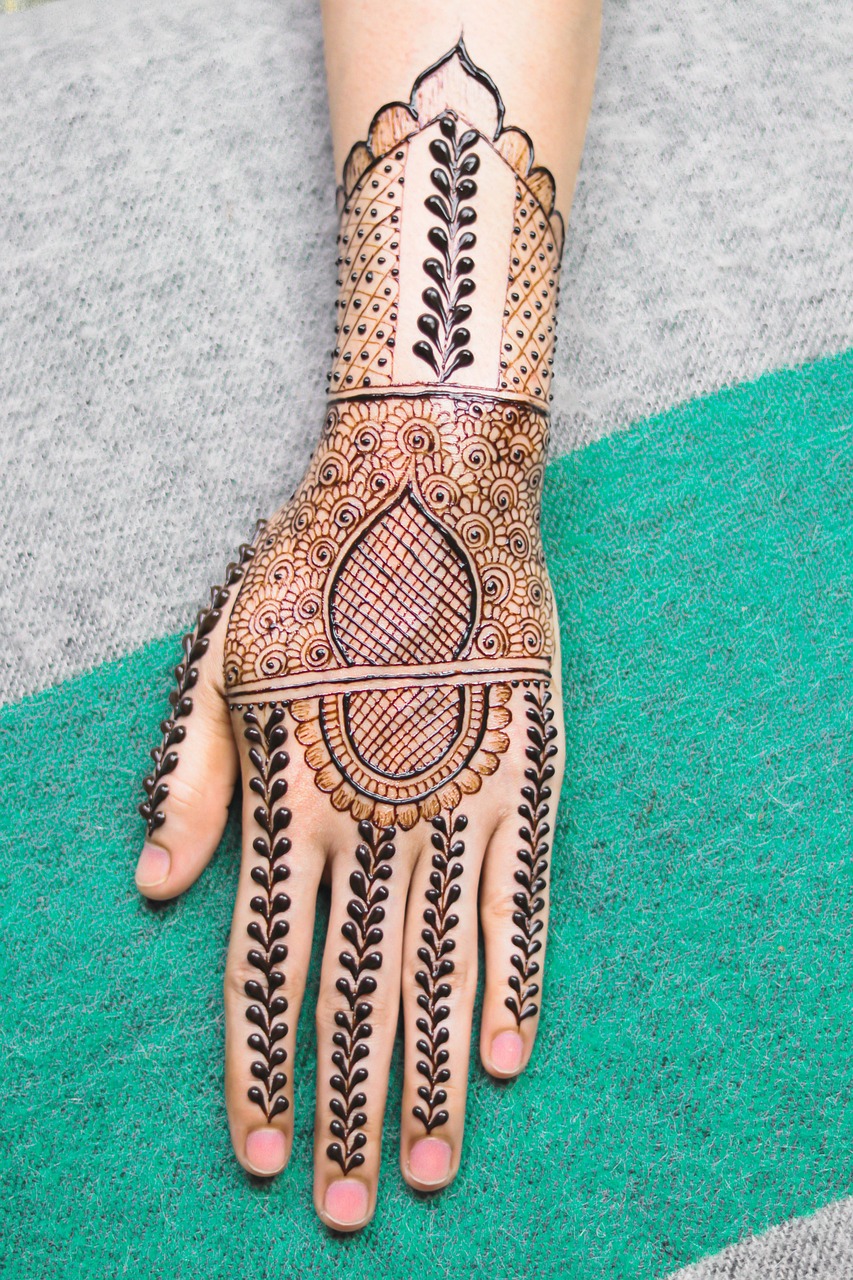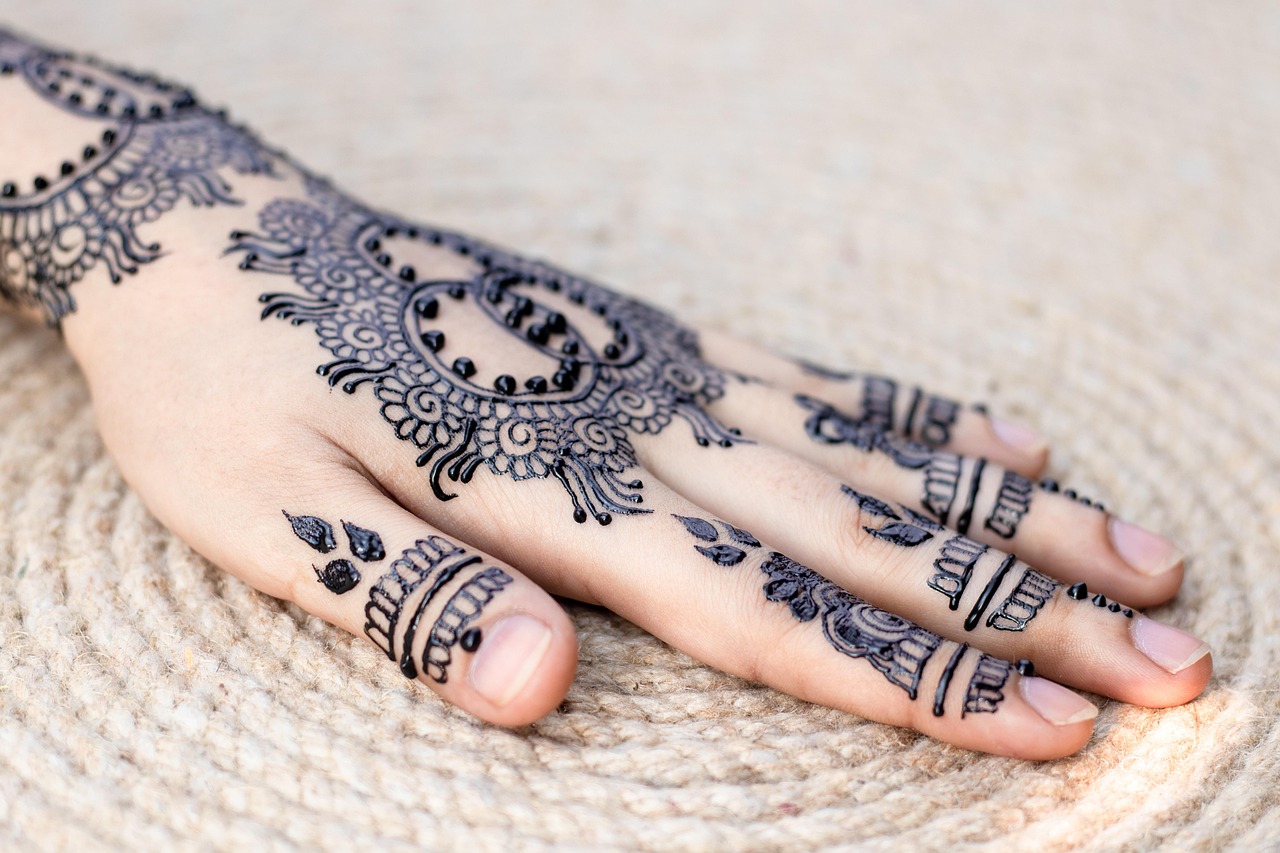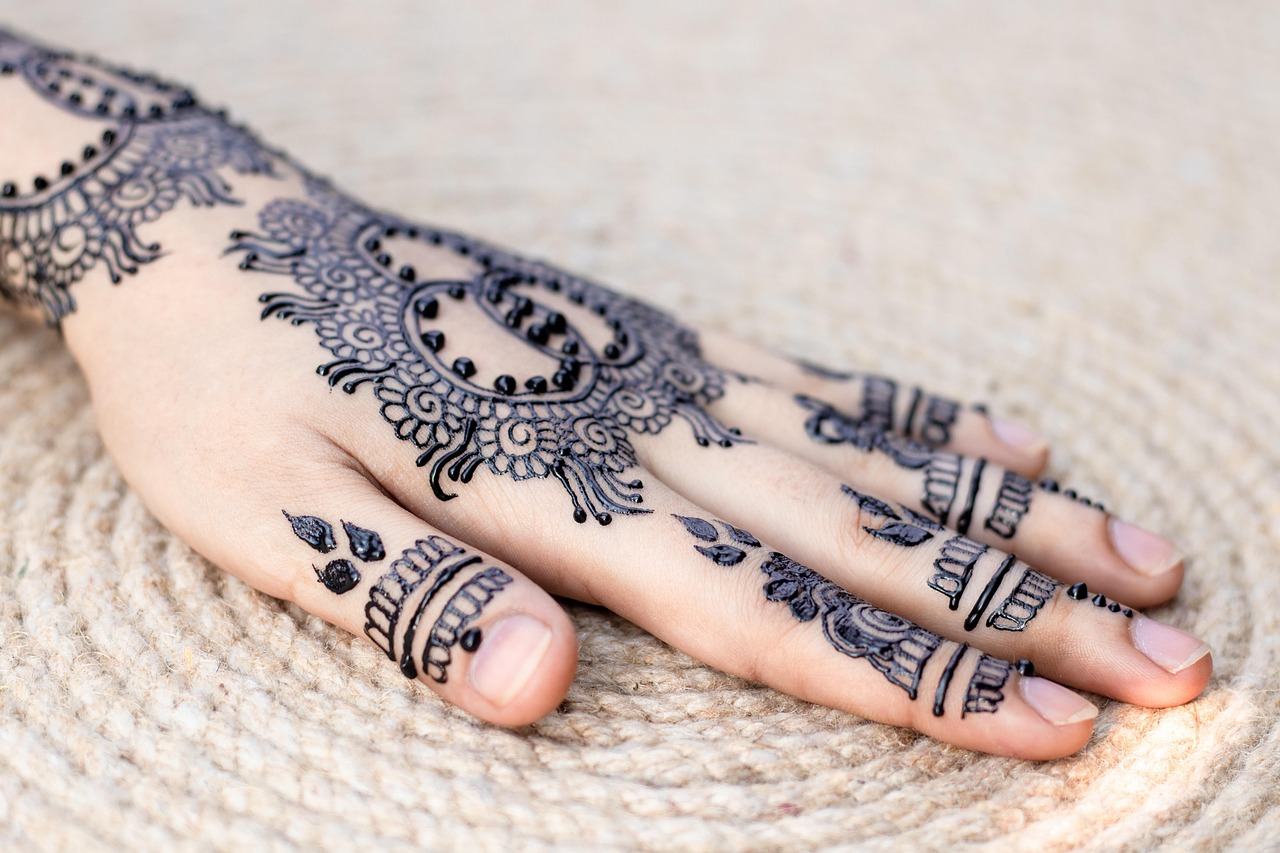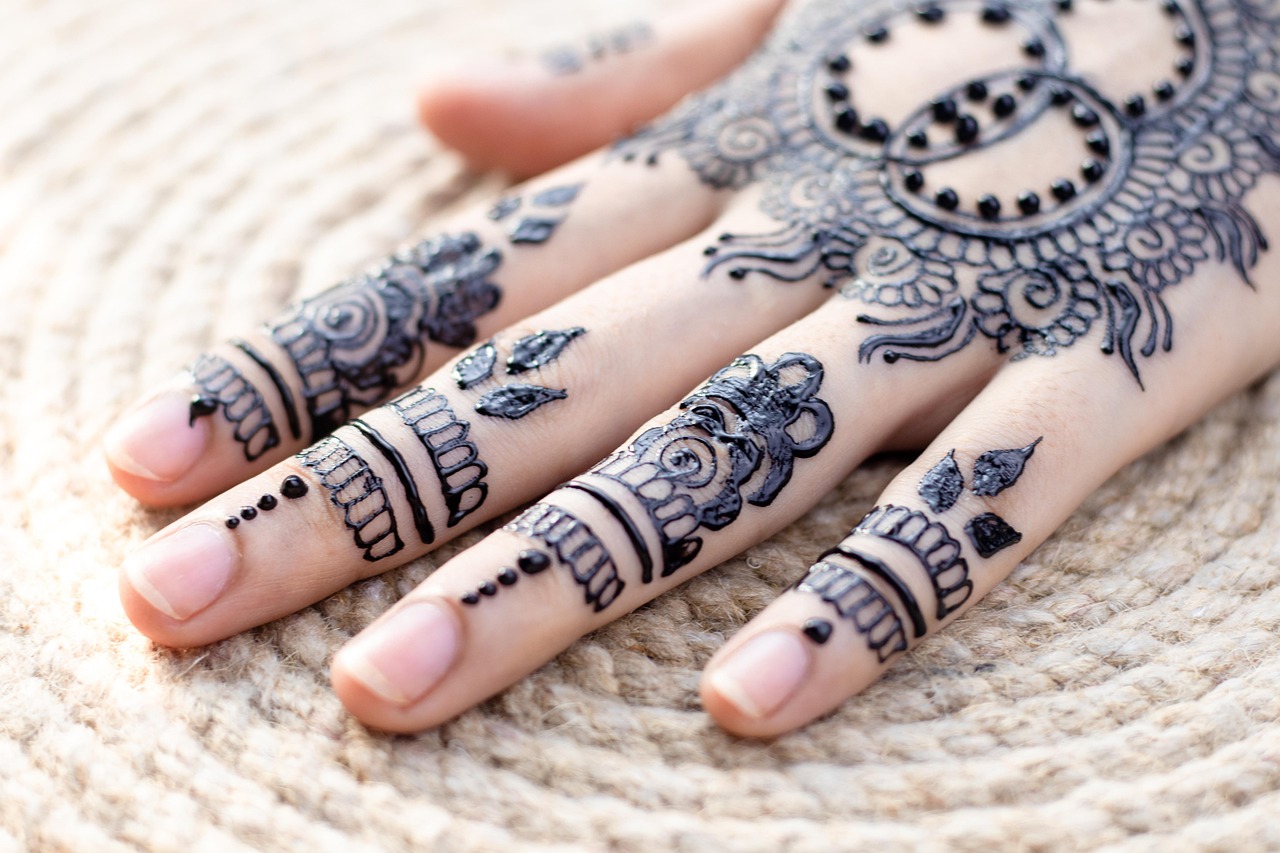The Ultimate Guide to Stunning Mehndi Designs for Hands
Mehndi, also known as henna, is an age-old art form that adorns hands with intricate patterns, symbolizing beauty, tradition, and celebration. Whether it’s for a wedding, festival, or casual occasion, mehndi designs for hands enhance the overall look and add an elegant charm. In this guide, weâll explore the key aspects of mehndi designs, trending patterns, and actionable tips to style your hands with timeless art.
Understanding the Art of Mehndi Designs for Hands
A mehndi design is much more than just a temporary accessory. It carries cultural and regional significance, and the patterns often reflect a blend of tradition and modern creativity. From delicate floral motifs to bold geometric shapes, mehndi designs for hands can be as simple or elaborate as you desire, making them perfect for any occasion.
What are the most popular types of mehndi designs for hands?
The most popular styles include Arabic designs, Indian traditional patterns, Moroccan motifs, and contemporary fusion styles. Arabic patterns focus on bold, free-flowing designs with empty spaces, while Indian traditional styles cover the hands extensively with intricate details like peacocks, paisleys, and mandalas. For a minimal look, Moroccan designs use geometric shapes, offering a stunning modern aesthetic.
Did you know? Mehndi application in India dates back to over 5,000 years, as shared by Henna Caravan. It has grown into a thriving global trend appreciated in many cultures worldwide.
Trending Mehndi Designs for Various Occasions
Choosing the right mehndi design for hands can amplify the vibe of any event. Mehndi designs vary based on events such as weddings, festivals like Diwali or Eid, or even casual family gatherings. Selecting the right motif for your occasion can make a lasting impression.
How can you choose the perfect mehndi design for your event?
For weddings, opt for elaborate bridal mehndi designs with intricate detailing spanning the full hand and forearm. For festivals, consider medium-sized patterns highlighting florals and vines. For a casual event, simple and minimalistic designs like wrist bands or fingertip patterns work best. Always consider the significance of the event, the outfit, and the time available for application.
Example: During a wedding in Rajasthan, brides often go for “full-hand Rajasthani mehndi” that features cultural elements like elephants and traditional motifs, creating a majestic appearance. This is a favored choice by Indian brides for its rich symbolism.
Simple Tips to Achieve Beautiful Mehndi Designs
Creating the perfect mehndi designs for hands involves a mix of skill, precision, and the right tools. Whether you’re a beginner or a pro, follow these practical tips to enhance your mehndi application and ensure long-lasting, dark stains.
What are the best practices for applying mehndi?
Start by cleansing your hands thoroughly to remove any oils or dirt that may interfere with the dyeâs absorption. Use a good-quality mehndi cone with a fine nozzle for better precision. Once applied, let the paste dry naturally and avoid exposure to water for at least 6-8 hours to deepen the stain. Pro tip: Applying a sugar-lemon mixture helps seal the design and darken the color.
Expert Tip: Mehndi artist Veena Nagda says, âTo achieve the darkest stain, avoid scraping the dried paste off. Instead, gently rub it off with your hands or use a little olive oil for best results.â
Conclusion
Mehndi designs for hands are a versatile way to express creativity, embrace tradition, and elevate any occasion. From intricate bridal patterns to breezy minimalist designs, thereâs a style for everyone. Experiment with different designs, follow expert tips, and let your hands tell a story.
Feeling inspired to try a new mehndi design? Share your favorite designs with us in the comments or subscribe to our blog for more tips and trends in beauty and art!



